This One-Like-None 1976 Ford Pinto Runabout Is the Coolest-Hottest American Car Ever
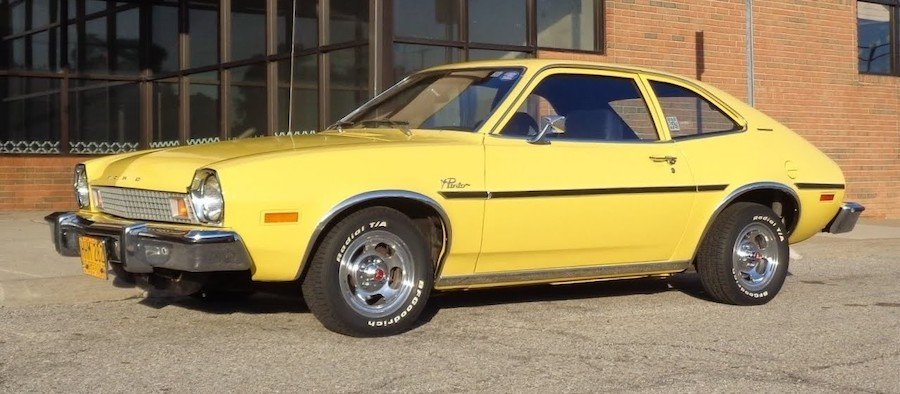
At least, that’s what an infamous book claimed while thrashing the Chevrolet Corvair into a lousy reputation outmatched only by the Prohibition. Just a decade after Ralph Nader’s 1965 ‘Unsafe at Any Speed’ saw the light or press, another car-related scandal ignited the spirits of Americans: the Ford Pinto affair.
Any gearhead who can remember what tape cassettes and eraser tip pencils have in common will make a fiery mental association with the Pinto – and that’s not a metaphor. In the mid-seventies, the subcompact Ford automobile found itself right in the line of fire of ardent criticism due to its alleged tendency to self-ignite under certain circumstances.
What happened? The Blue Oval was forced to recall 1.5 million Pintos in 1978 after a series of fatalities resulted from gas tanks exploding when the tiny Fords were rear-ended. It all started with a crash in 1972 when the driver of a Pinto pulled over on the highway to close the gas filler cap she had left open at the station. A van hit the Pinto from behind at over 50 mph (80 kph). The Pinto’s tank – filled with inflammable fumes after being left open – was punctured and caught fire, killing the driver and mutilating the passenger.
The alleged cause of this disastrous reputation was the placement of the fuel container behind the rear axle. Under an impact at speeds over 25 mph (40 kph), the metal recipient would press against the differential, rupture, and release gasoline vapors. The sparks created by the friction between the metal surfaces ignited the fuel, which then exploded violently. Ford paid millions in damages and reparations following the lawsuit that ensued.
Ford engineers had conducted over forty crash tests before the car’s market release in 1971. Every single one returned the same result: a hit from behind at more than 25 mph ended with the vehicles’ tanks penetrated by various metal parts from the rear axle. Simple and effective solutions were proposed, but all were rejected. The fixes would have added manufacturing costs, and Lee Iacocca, Ford’s president, and leading Pinto supporter, rejected them all.
Make no mistake, said costs were somewhere between $8 to $1 (one!) per vehicle, depending on the chosen modification. However, the car’s two main selling points – under 2,000 lbs curb weight and below-$2,000 base price – were deemed untouchable. The Pinto was rushed into showrooms to fight the aggressive European and Japanese imports.
Much like the Corvair, the Pinto was developed in record time (two years) and suffered inherent flaws and downturns. Ford dealt with them as they emerged, but the fire story was too good an opportunity not to draw the media's attention.
Statistics proved that the Pinto wasn’t any more prone to external combustion than other models of its era. America wasn’t a (big) fan of small cars (that weren't Shelby Cobras or Corvettes) – not when the Pinto arrived, anyway – and the flaming mishap only added fuel to the fire.
Still, the Pinto wasn’t set back by the scorching turn of events and soldiered on until 1980, some three million units away from the 1971 introduction. Maybe it wasn’t a very appealing automobile to the U.S. buyer. Still, it generated sufficient showroom traffic in its lifetime to claim the right to be called a classic.
It’s an acquired taste, and people either love(d) it or would rather set it on fire than drive/own one. It was called ‘the car that no one loved but people bought.’ It would take a serious cognitive and emotional effort from any piston-hearted car nut to classify a Ford Pinto as 'a cool car' (the irony is burning, I know), but check out the car featured in the video below.
It’s a 1976 yellow Runabout hatchback - one of the three body styles the Pintos came in during the model’s production. The others were a sedan (bluntly similar to the hatch) and a station wagon. A side note about the Pinto popularity index: the 1974 wagon is the best-selling individual station wagon model of all time, with 237,394 built.
However, this Pinto - starring in the Woodward Dream Cruise in Birmingham, Michigan, in August of 2023 – has several aces up its sleeve (and under its hood). First off, it’s in nearly mint condition (after a thorough restoration performed more than a decade ago by Chris Auger, the proud owner interviewed by Lou Costabile). Secondly, it has air conditioning – a not-so-often ordered option on the small car (probably due to its repelling price). And thirdly, but most importantly, it has a six-cylinder up front.
Hold your horses (or lend some to the Pinto, if you will), and don’t get too enthusiastic about that pompous notion. The Ford Cologne V6 was introduced on the Pinto in 1975, making this example one of the few to come with the big engine. Big by Pinto standards: the motor is a two-barrel 2.8-liter six-pot with overhead cams, gruesomely low output, and knuckle-busting maintenance habits.
The latter is just an indication of the crammed engine bay since the Pintos were generally regarded as being overwhelmingly mechanically reliable. Among the Pinto owners' clubs, there is one 1977 example that was bought that year with 477 miles on it. The buyer passed the keys to her son in 1984, and in 2014, the same car, aged 434,000 miles, amassed a grand total cost of ownership of around $2,000 (oil changes included).
103 hp (104 PS) and 149 lb-ft (202 Nm) was the peak this V6 would ever achieve in the tiny Ford between 1976 and 1979. It was offered only with an automatic gearbox with three forward speeds and a 3.00:1 standard rear differential. The smaller engine was a 2.3-liter inline-four, which could be paired with a four-speed manual. Don’t get enthusiastic about it; that 'coffee-grinder' motor maxed out at 92 hp and 121 lb-ft (93 PS / 164 Nm).
A former Ford employee, Chris Auger, has had the car since 2007 and put some miles on it, getting the odometer to read 91,705 (147,553 kilometers). While not an original survivor, it’s a well-executed restoration, and the owner gets extra credit for keeping the car as close to factory specs as possible since the initial plan was to turn it into a drag racer.
The Pinto we see here is unique in a certain way: out of the total 1976 production of just over 290,000, this is the only Bright Yellow example with an electric defroster for the rear window, aluminum wheels, and air conditioning. Not for nothing, but from the base price of $3,700, the options added on this gorgeous Pinto took its final bill to $5,100 (420 of which went on the Selectaire cooling equipment). And it’s not the first time this exact car has enjoyed the media's scrutiny. Play the second video below to see it at the center of attention during the 2017 Woodward Dream Cruise.

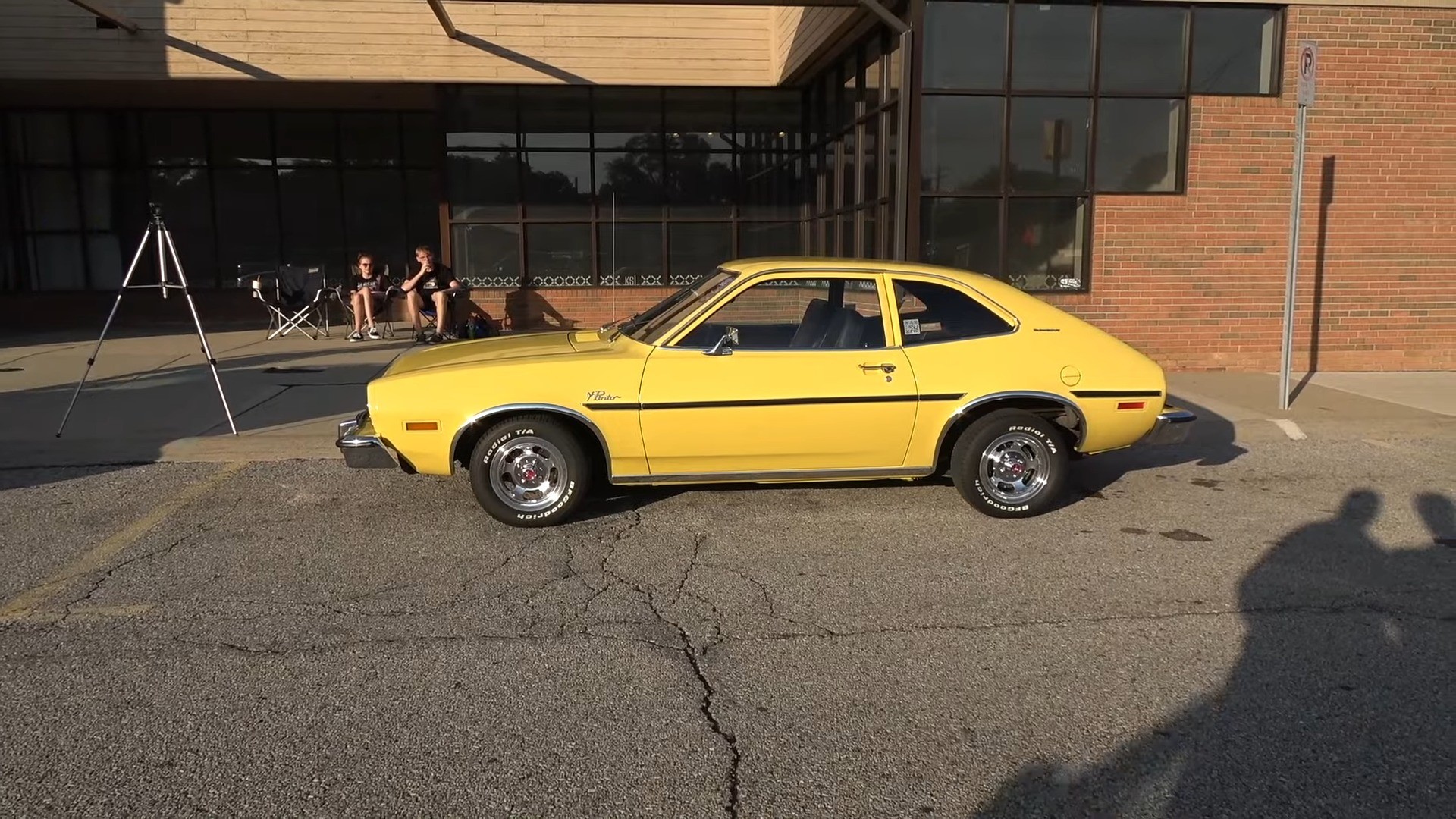
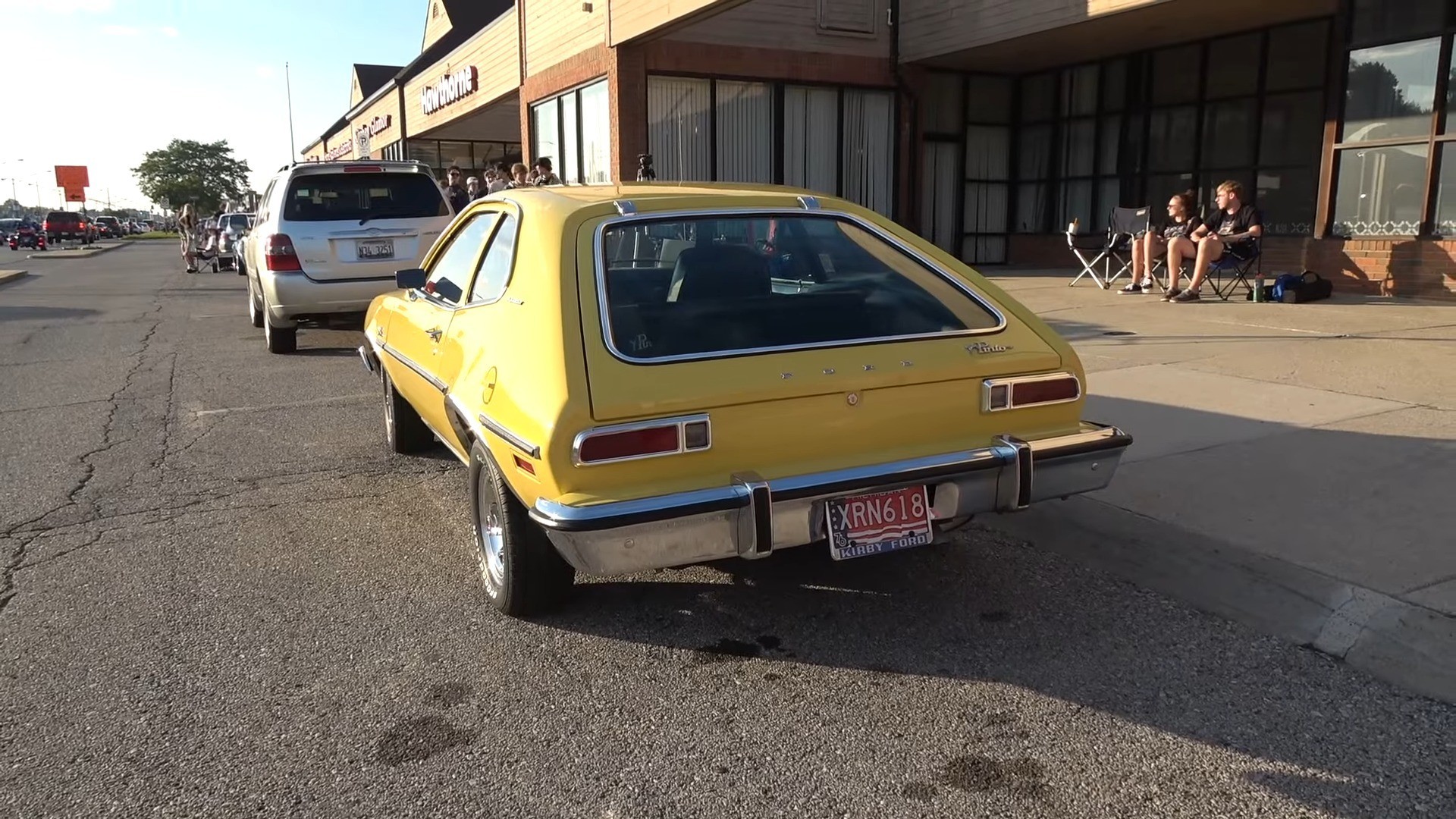
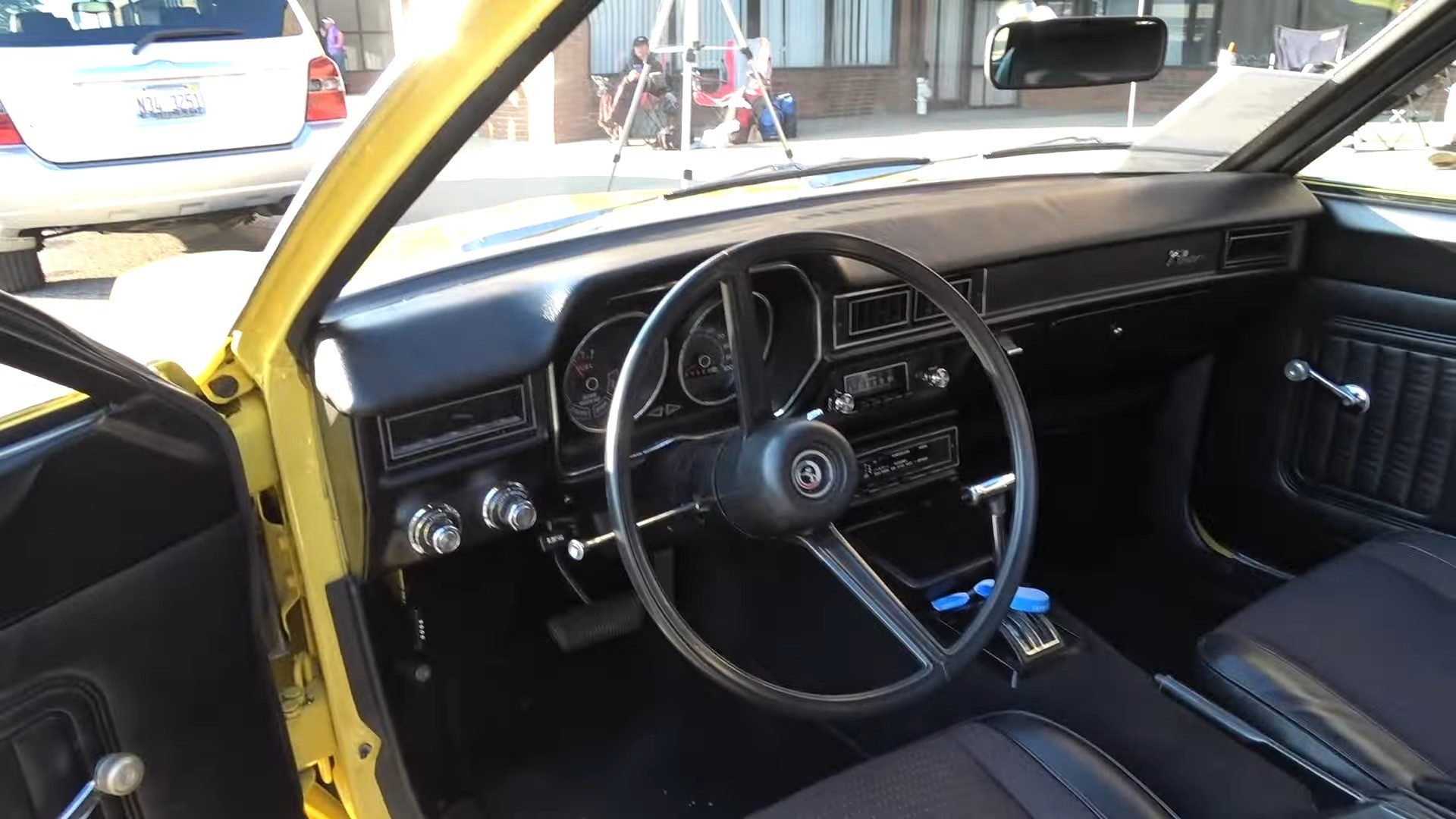
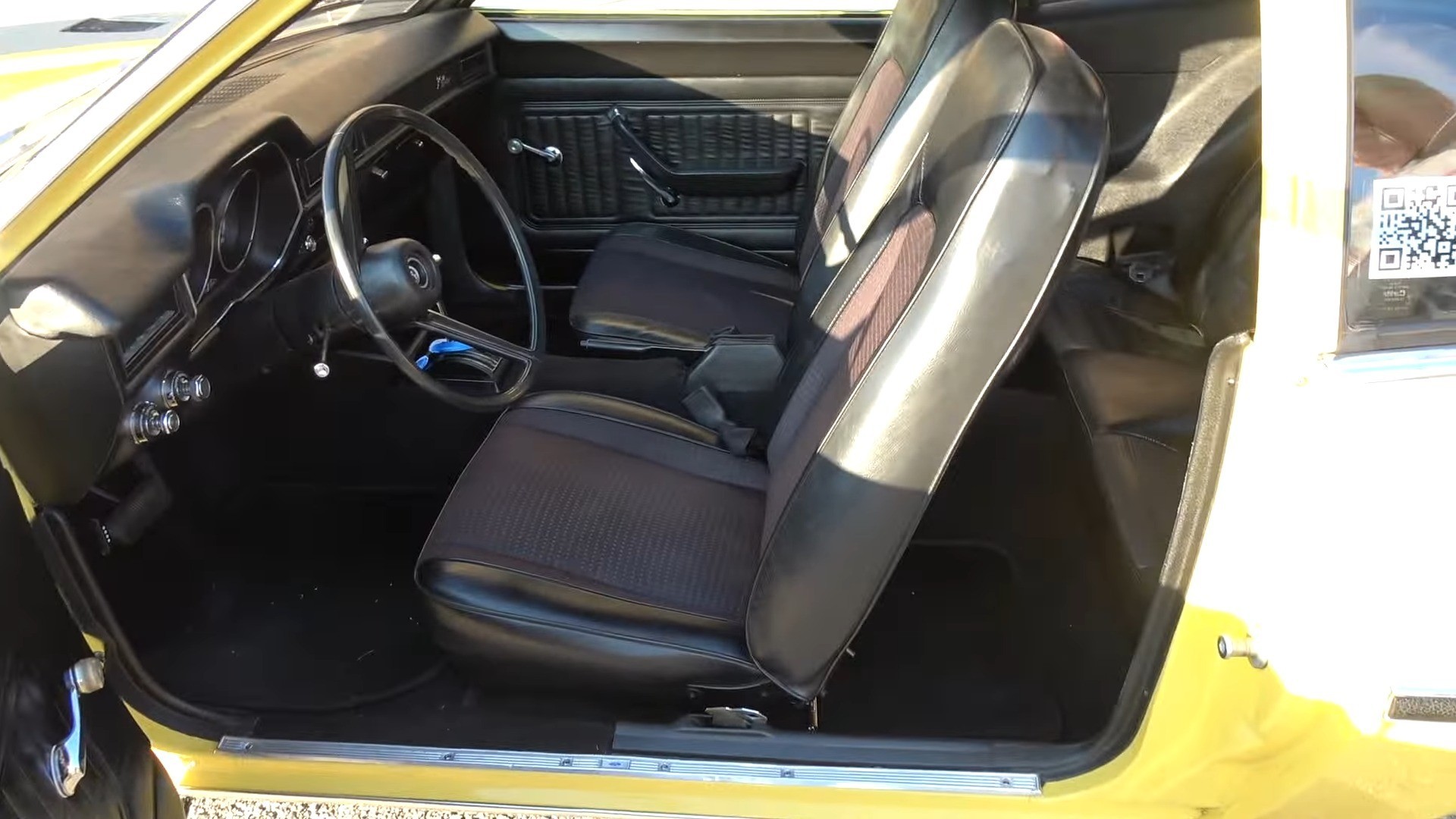
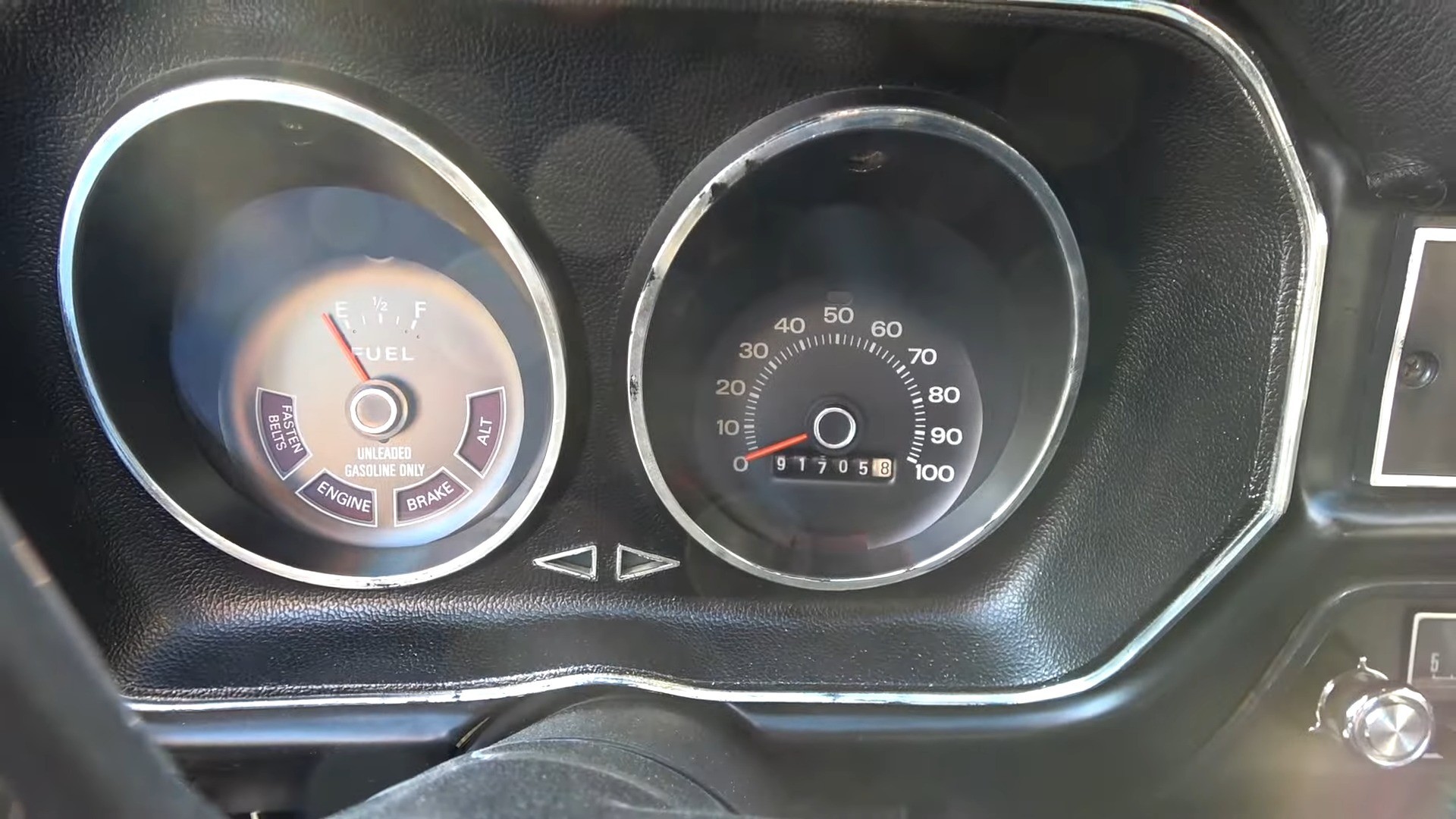
Notícias Relacionadas
